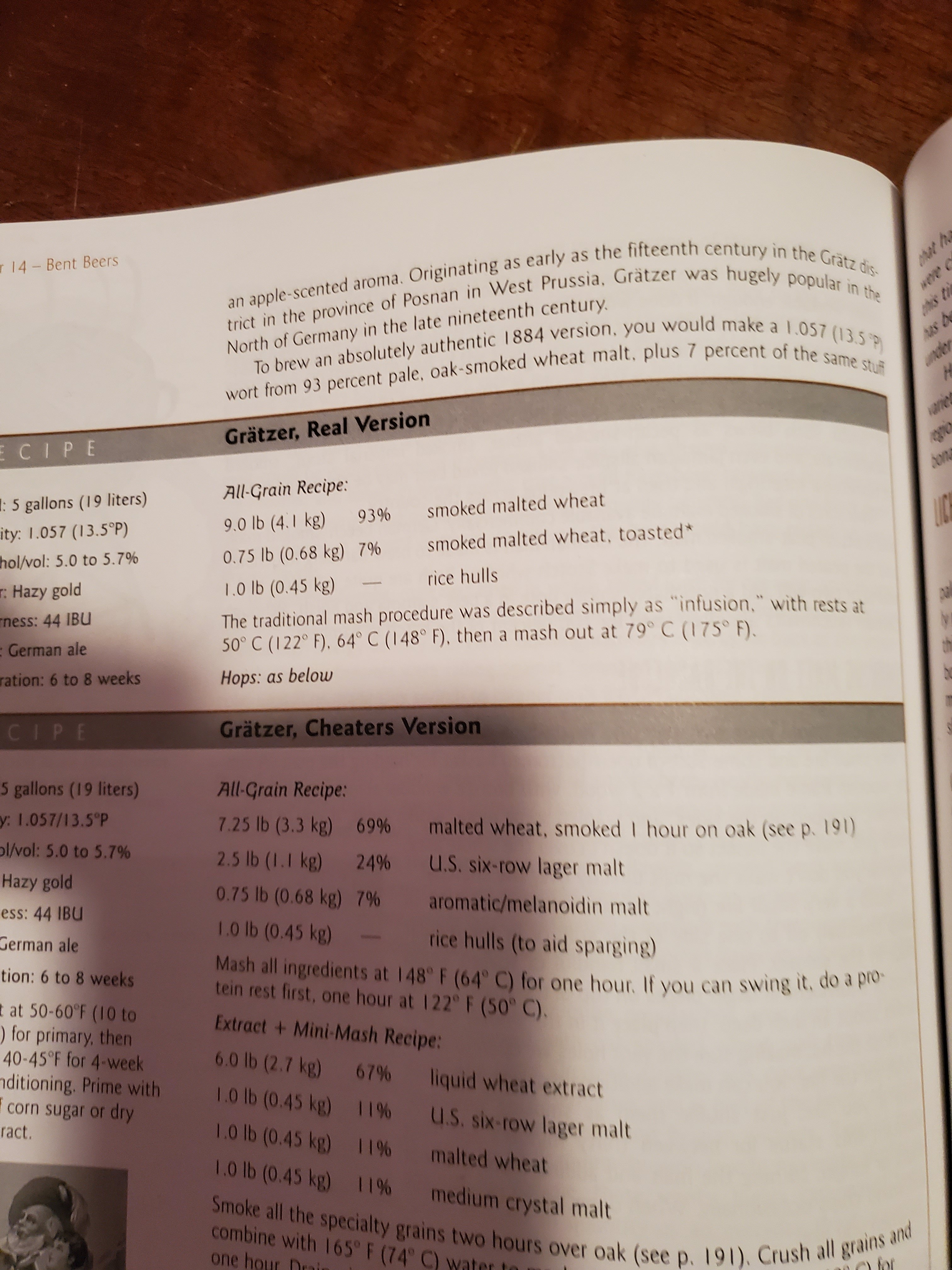I've learned that the researcher who recovered much of information we have on the historical Grätzer (water data including) is positively sure they didn't employ any boiling or acid water treatment

What did they do then?
He says, they only did acid rest.
I guess, for such an alcalinity it should be some pretty lengthy rest.
He didn't elaborate on that in more details, unfortunately.
UPD
Well, I went to search further. Found
Martin Brungard's suggestion to adjust the Grodzisk water with boiling. Great suggestion, and the resulting water is easy to brew light beers with, but the authencity of the practice of boiling is still waiting to find its corroboration in historical records, which the local research team seems to not have found yet. Then I compared two language versions of the founding work on the style revival, the Report of the Grodziskie Redivivus Project. And found that the
English version is actually different from the
Polish one. The Polish is a bit more detailed, but the main thing is that it suggests a longer Acid Rest time. Where the English version recommends
"20 hl of thick mash at 38C (break 30 minutes)", the Polish one goes into more details: "
20 hl gęstego zacieru w temp. 38C intensywnie mieszanego przez 35 minut, a następnie przerwa 30 minut", which essentially extends the Acid Rest from 30 to 65 minutes: first 35 minutes of intensive stirring, and only then a 30-minute rest.
It seems, they do actually brew with the local highly Alcaline water without boiling it first and instead just extending the Acid Rest time (so, the researcher was correct). Also they note that
"wysoka alkaliczność resztkowa (240 ppm CaCO3) wody wymaga zakwaszania zacieru" that means "high residual alkalinity of water (240 ppm CaCO3) requires mash acidification" - no mention of that in the English version. That might mean that Sauermalz is also not out of question in an authentic Grätzer.
Given that smoked malt might impart a bit more acidity to the mash than unsmoked, it makes sense to try the prolonged and intensively stirred Acid Rest with the unboiled original Grodzisk water profile. Will try that soon, as brewing a Grätzer stands close in my line of beers to brew.
UPD
Brewed it, with the Grodzisk unboiled water profile, Sauermalz addition and a hour-long, well stirred Acid Rest. Came to conclusion, that Grätzer perfectly could (and almost certainly should) be brewed without pre-boiling water. Since the targeted pH range for the style is a bit higher than for most other beers (5.6-5.8, information from Polish brewing forums), I reached it easily even with such an alkaline water. The beer is fermenting now, will share tasting notes here when it's ready.























![Craft A Brew - Safale S-04 Dry Yeast - Fermentis - English Ale Dry Yeast - For English and American Ales and Hard Apple Ciders - Ingredients for Home Brewing - Beer Making Supplies - [1 Pack]](https://m.media-amazon.com/images/I/41fVGNh6JfL._SL500_.jpg)







































